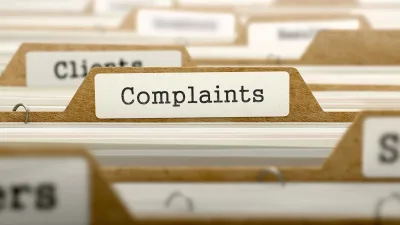Warnings of a sting in the tail
Investors should always take into account the possibility that things can go horribly wrong when building an investment portfolio, according to MLC Investment Management strategist Susan Gosling.
Speaking at an investment briefing yesterday on the 20th anniversary of the stock market crash of October 19, 1987, Gosling said that “even today we face a small chance of a really nasty scenario emerging — it’s called tail risk”.
Tail risk occurs when “sudden changes in the investment environment cause investors to change their minds about how safe their money is”, Gosling said.
“If a major global conflict — perhaps one that involved China — were to occur, this would certainly change investors’ minds about how safe their investments are.”
That “swings in investor optimism make the market vulnerable to sudden declines” was a key lesson to emerge from the 1987 crash, which saw 40 per cent wiped off the value of the domestic market in one day.
The event or signal that triggers a crisis is often unclear, she said, but may be “a sequence of pieces of news that in combination shift the mood of investors, changing expectations about future asset returns”.
The result can be a stampede out of risky assets as investors find they’ve been misled into thinking high returns can be had at limited risk — and as concern rises that there’s more bad news to come, asset prices plummet, Gosling said.
Recommended for you
The Australian Financial Complaints Authority has reported an 18 per cent increase in investment and advice complaints received in the financial year 2025, rebounding from the previous year’s 26 per cent dip.
As reports flow in of investors lining up to buy gold at Sydney’s ABC Bullion store this week, two financial advisers have cautioned against succumbing to the hype as gold prices hit shaky ground.
After three weeks of struggling gains, this week has marked a return to strong growth for adviser numbers, in addition to three new licensees commencing.
ASIC has banned a Melbourne-based financial adviser who gave inappropriate advice to his clients including false and misleading Statements of Advice.











